Describe the Three Main Cell Shapes of Prokaryotes
Not alot of variation-described by one of the three basic shapes. Less complex compared to eukaryotic cells.
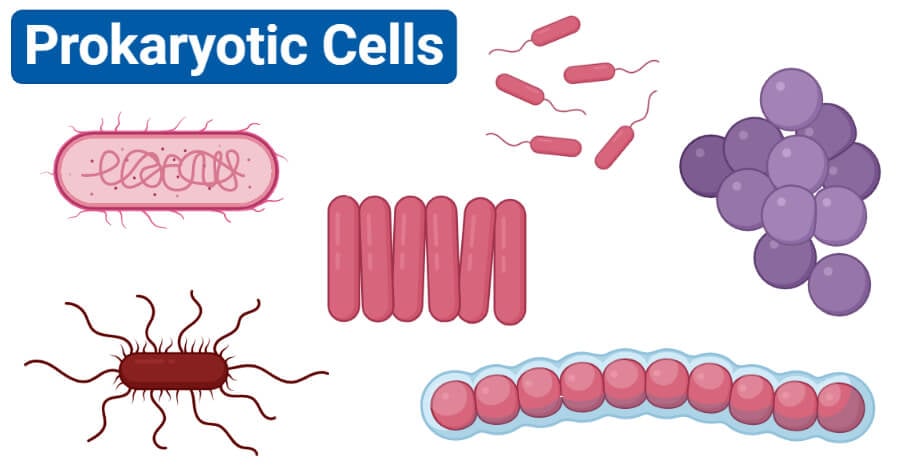
Prokaryotes Vs Eukaryotes Definition 47 Differences Structure Examples
A cocci or spherical a pair is shown.

. A prokaryotic cell structure is as follows. There are three types of cells. The capsule enables the cell to attach to surfaces in its environment.
Size thiomargarita simple morphology. Prokaryotic Microorganism Exit in a variety of different cell shapes. Describe the three main cell shapes of prokaryotes The rod-shaped are called bacilli The spherical-shaped are called colli The corkscrew-shaped are called spirilla Distinguish between Gram-positive and Gram-negative Under a microscope if bacteria are Gram-positive it is violet if it is Gram-negative it is red.
The plasma membrane which functions as a barrier for the cell and separates the cell from its environment. Some prokaryotes have flagella pili or fimbriae. Cocci - spherical Bacilli - rod shaped Spirochaete - spiral shaped Vibrio - comma shaped.
Identify the three most common shapes of prokaryotic cells. The spherical-shaped are called colli. The main parts of a prokaryotic cell are shown in this diagram.
Archaeal membranes have replaced the fatty acids of bacterial membranes with isoprene. Some are spherical but seldom are seen as a single cell Coccus A spherical cell Diplococcus pairs of spherical cells Plural. Nucleic acids the genetic material of the cell.
Some prokaryotes may have additional structures such as a capsule flagella and pili. Prokaryotic eukaryotic and mesokaryotic. B bacilli or rod-shaped.
And c spirilli or spiral-shaped. Two groups of prokaryote morphology and structure. And ribosomes where protein synthesis takes.
Most prokaryotes have a cell wall that lies outside the boundary of the plasma membrane. Use bacteria as our representative group. Bacteria and Archaea are both prokaryotes but differ enough to be placed in separate domains.
Describe the 3 main cell shapes of prokaryotes. First the virus enters the bacterial cell then makes a copy of itself. Prokaryotic organisms have varying cell shapes.
The three most common prokaryotic cell shapes are shown here. However the genetic material is present in a region in the cytoplasm known as the nucleoid. Prokaryotic cells are generally single -celled organisms eukaryotic cells are generally found in multi-cellular organisms and mesokaryotic cells exhibit characteristics of both prokaryotic and eukaryotic cells.
Pili are used to exchange genetic material during a type of reproduction called conjugation. Prokaryotes are the smallest and most common microorganism they are single celled and lack a nucleus Describe the three main cell shapes of prokaryotes. Plasma Membrane and Cell Wall.
They have a single piece of circular DNA in the nucleoid area of the cell. Diplococci Streptococci Chains of cells paired in spherical shape. Prokaryotes fall into three basic categories based on their shape visualized here using scanning electron microscopy.
Recall that prokaryotes are divided into two different domains Bacteria and Archaea which together with Eukarya comprise the three domains of life Figure 222. Prokaryotic Cells are the simplest cells and scientists. Disease causing organisms are known as.
A prokaryotic cell does not have a nuclear membrane. Describe the sequence of events that occur during a lytic infection. However all cells have four common structures.
Staphylococci grape-like clusters of cells Rod-shape. They may be spherical rod-shaped or spiral. Some archaeal membranes are monolayer rather than bilayer.
Using bacteria as our sample prokaryote the following structures and organelles can be found in bacterial cells. The features of a typical prokaryotic cell are shown. Cocci or coccus for one cell are round cells occasionally slightly flattened when adjacent to every other.
It helps in moisture retention protects the cell when. Capsule It is an outer protective covering found in the bacterial cells in addition to the cell wall. And c spirilli or spiral-shaped.
The structure called a mesosome was once thought to be an organelle. Fimbriae are used by bacteria to attach to a host cell. Prokaryotes fall into three basic categories based on their shape visualized here using scanning electron microscopy.
Pili are used to exchange genetic material during a type of reproduction called conjugation. The three main shape of the bacteria are coccus spherical bacillus rod-shaped and spiral twisted. There are many differences between prokaryotic and eukaryotic cells.
Flagella are used for locomotion. Describe the three main cell shapes of prokaryotes. Slime or with their flagellum.
The most common bacteria shapes are spherical rod-shaped and spiral. Describe a typical prokaryotic cell. A cocci or spherical a pair is shown.
The rod-shaped are called bacilli. Prokaryotic cells have various shapes. Flagella are used for locomotion.
The four basic shapes are. Prokaryotes domains Archaea and Bacteria are single-celled organisms lacking a nucleus. Prokaryotic cells lack a defined nucleus but have a region in the cell termed the nucleoid in which a single chromosomal circular double-stranded DNA molecule is located.
The cytoplasm a jelly-like substance inside the cell. Describe 2 methods by which prokaryotes move. Some prokaryotes have flagella pili or fimbriae.
The capsule enables the cell to attach to surfaces in its environment. Fimbriae are used by bacteria to attach to a host cell. B bacilli or rod-shaped.

Prokaryotic Cell Definition Examples Structure Biology Dictionary
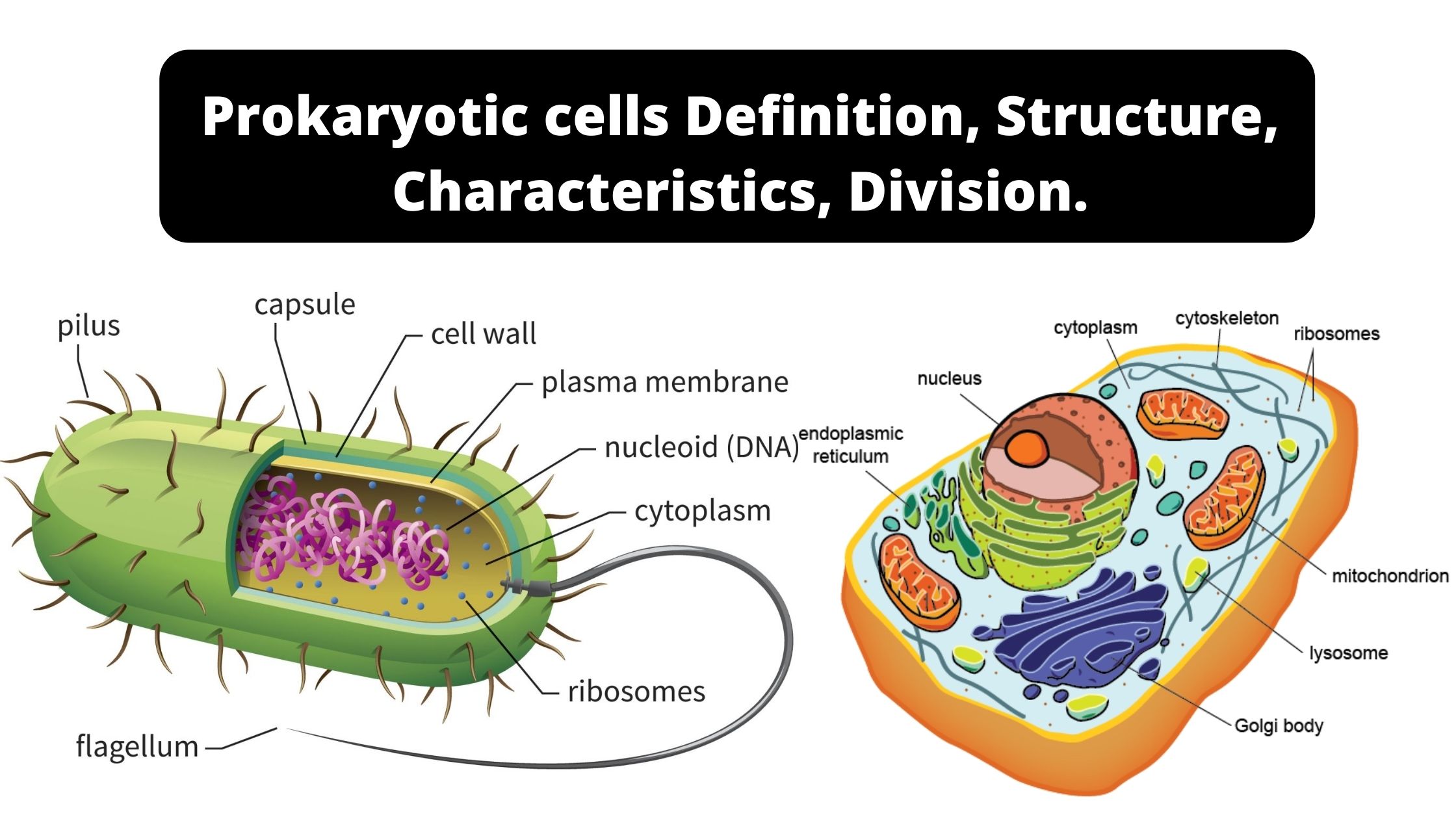
Prokaryotic Cells Definition Structure Characteristics Division
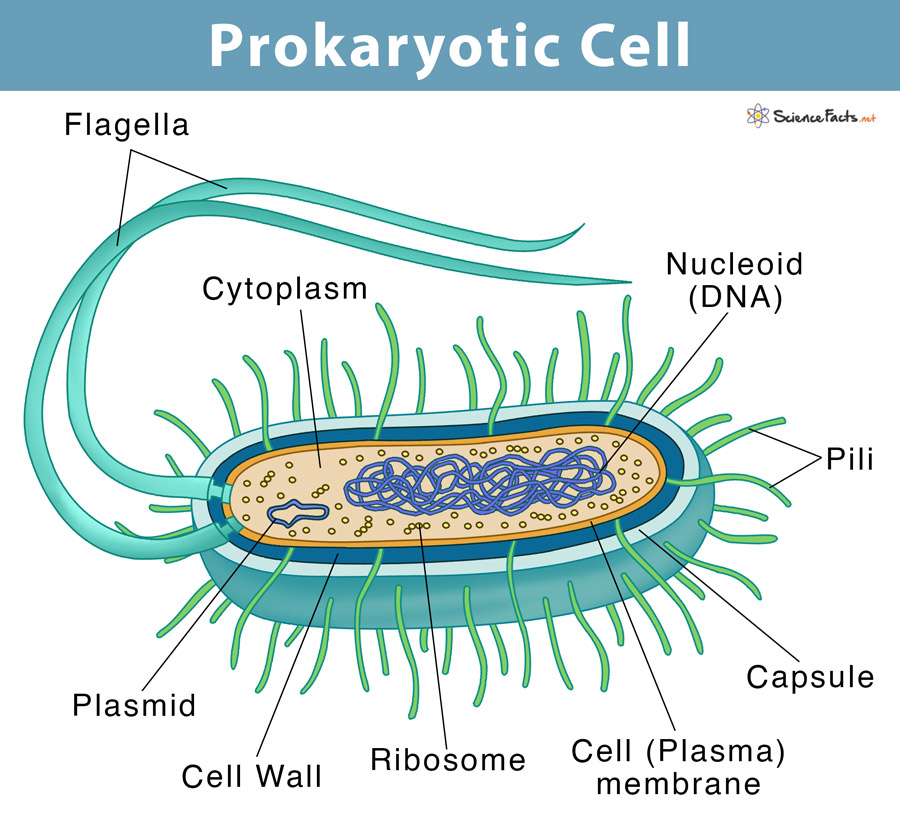
Prokaryotic Cell Definition Examples Structure

The Structure Of Prokaryotes Biology I
7 3 Prokaryote Structure Biology Libretexts

Prokaryote Structure Article Khan Academy

Two Types Of Cells Advanced Ck 12 Foundation
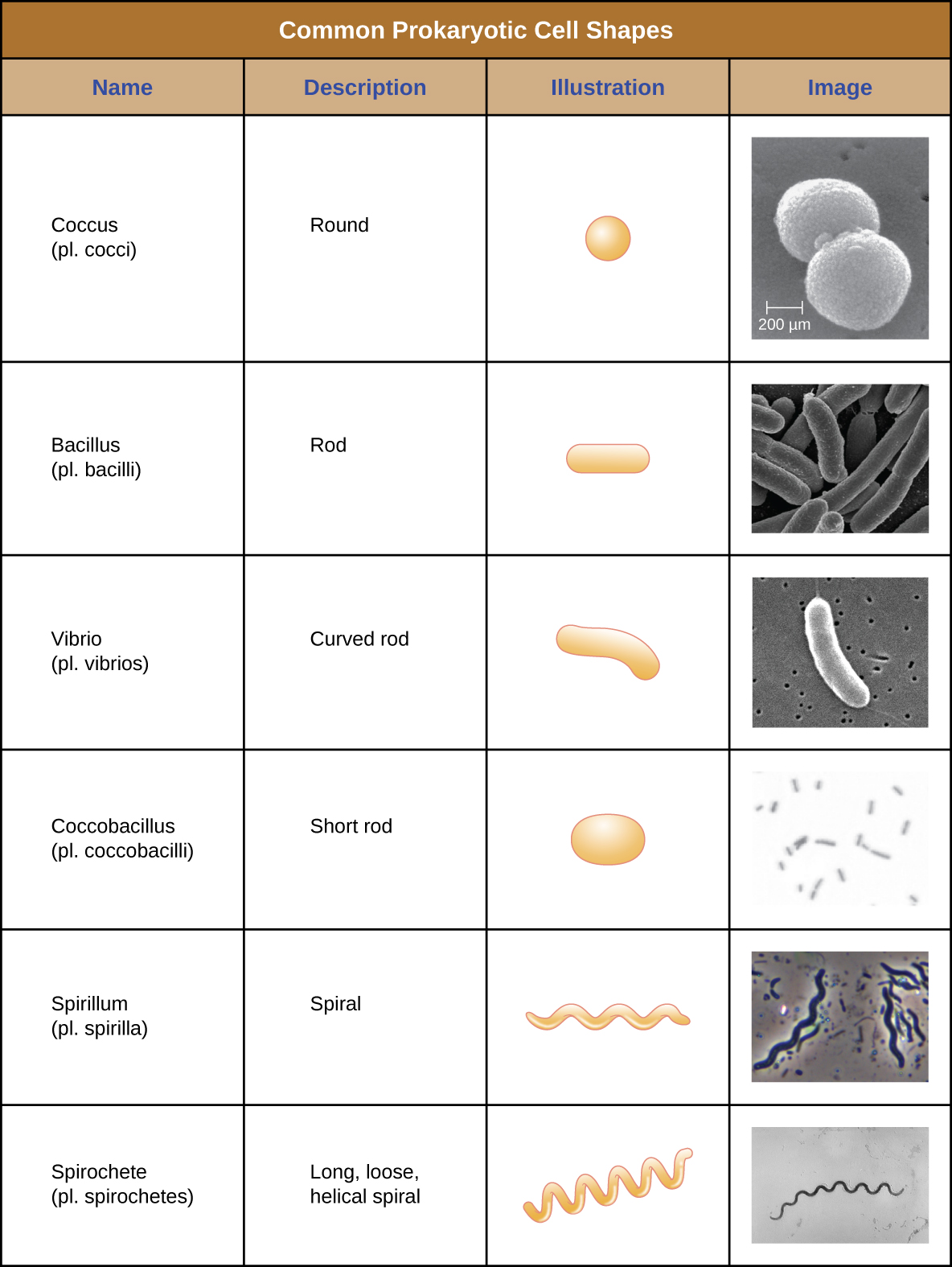
3 3 Unique Characteristics Of Prokaryotic Cells Biology Libretexts
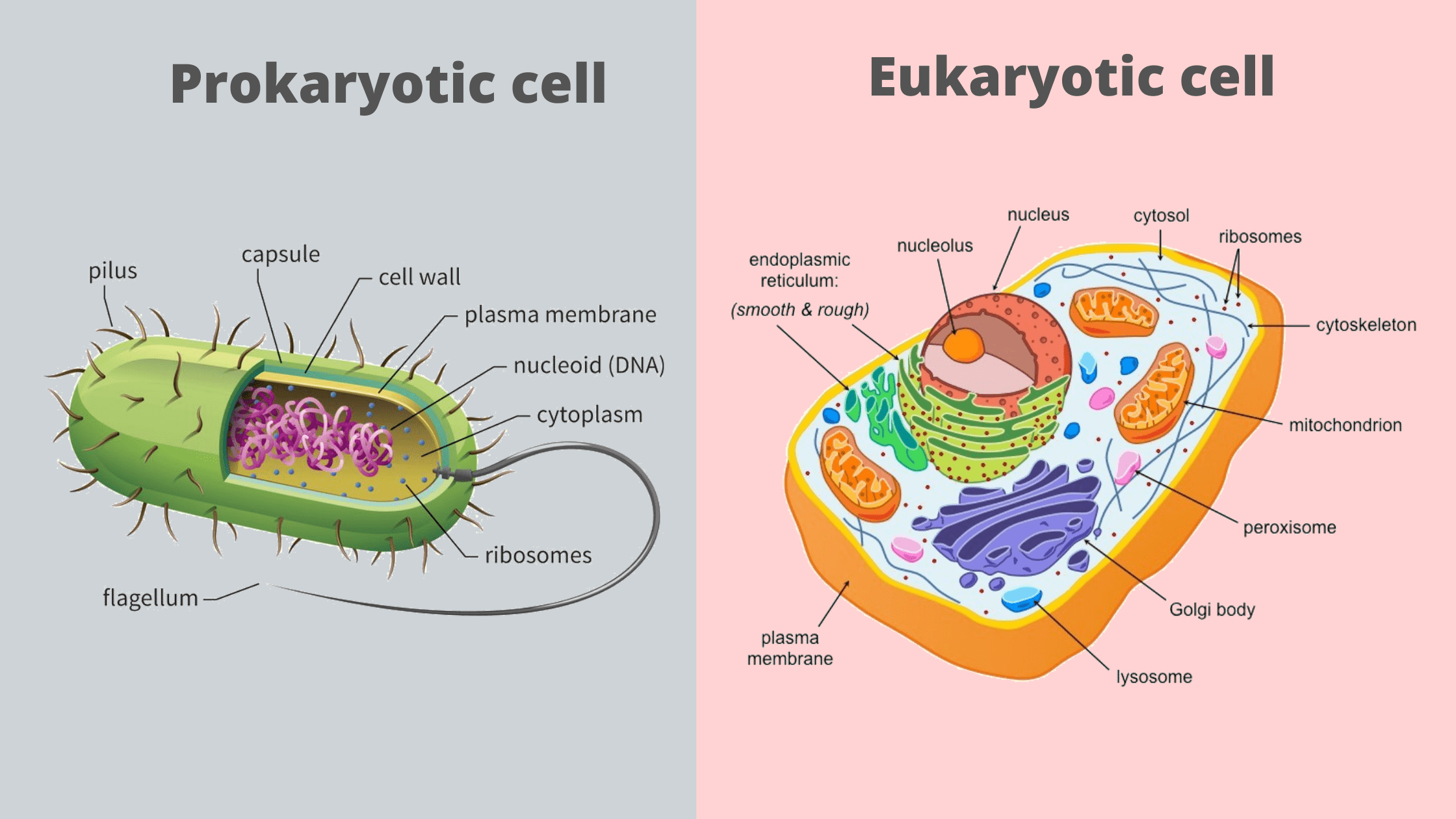
Prokaryotic Cell And Eukaryotic Cell

Unique Characteristics Of Prokaryotic Cells Microbiology
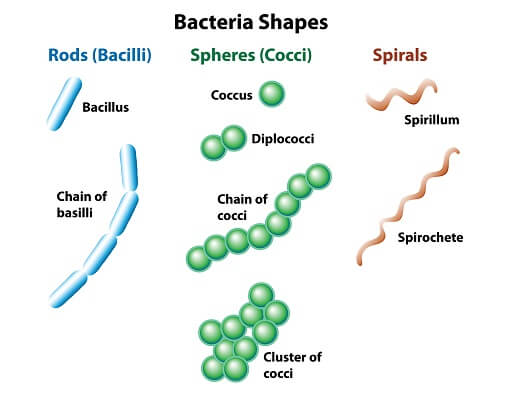
Prokaryotic Cell Definition Examples Structure Biology Dictionary

Cells Prokaryotic Cell Structure And Function Shmoop

The Structure Of Prokaryotes Biology I

Prokaryotic Cell Definition Examples Structure Biology Dictionary
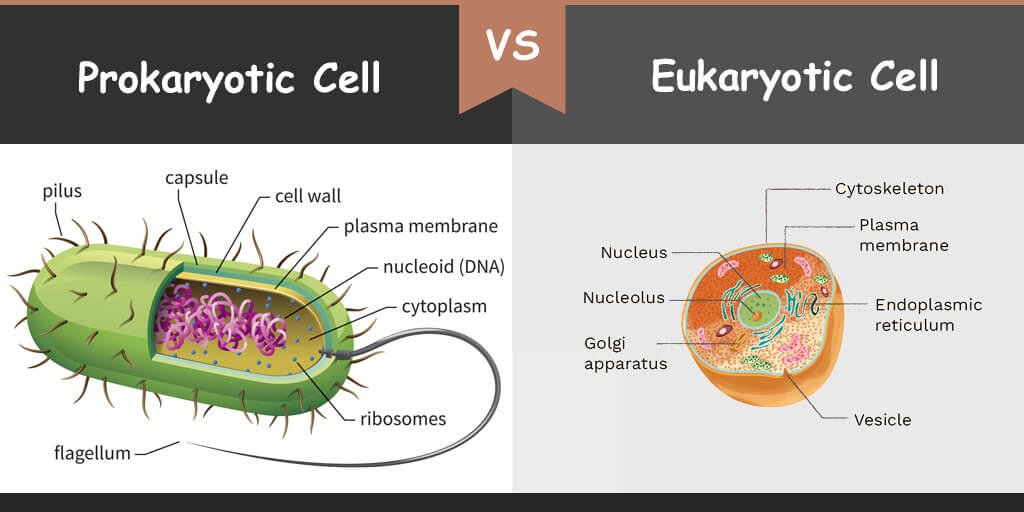
Prokaryotic Cells Vs Eukaryotic Cells Diffzi
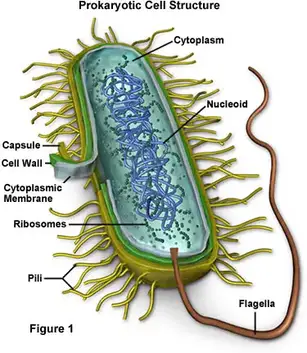
Prokaryotes Vs Eukaryotes Similarities Differences Identification
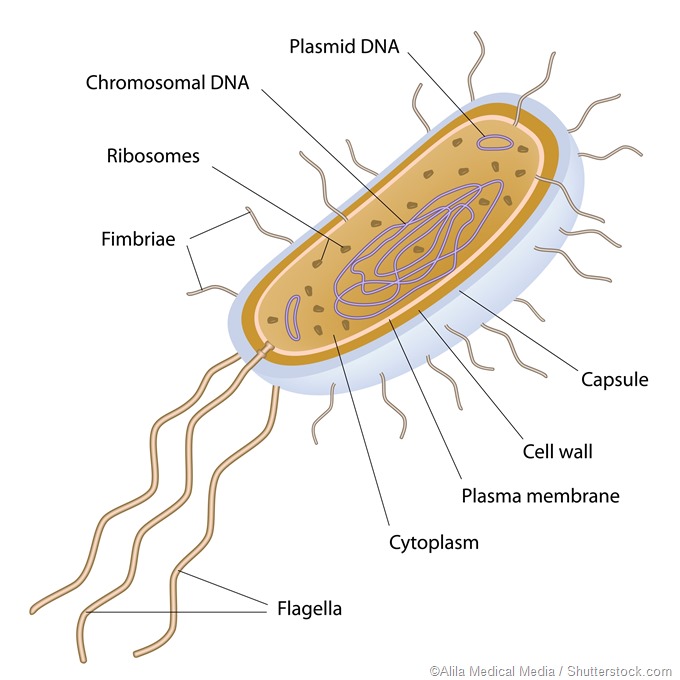
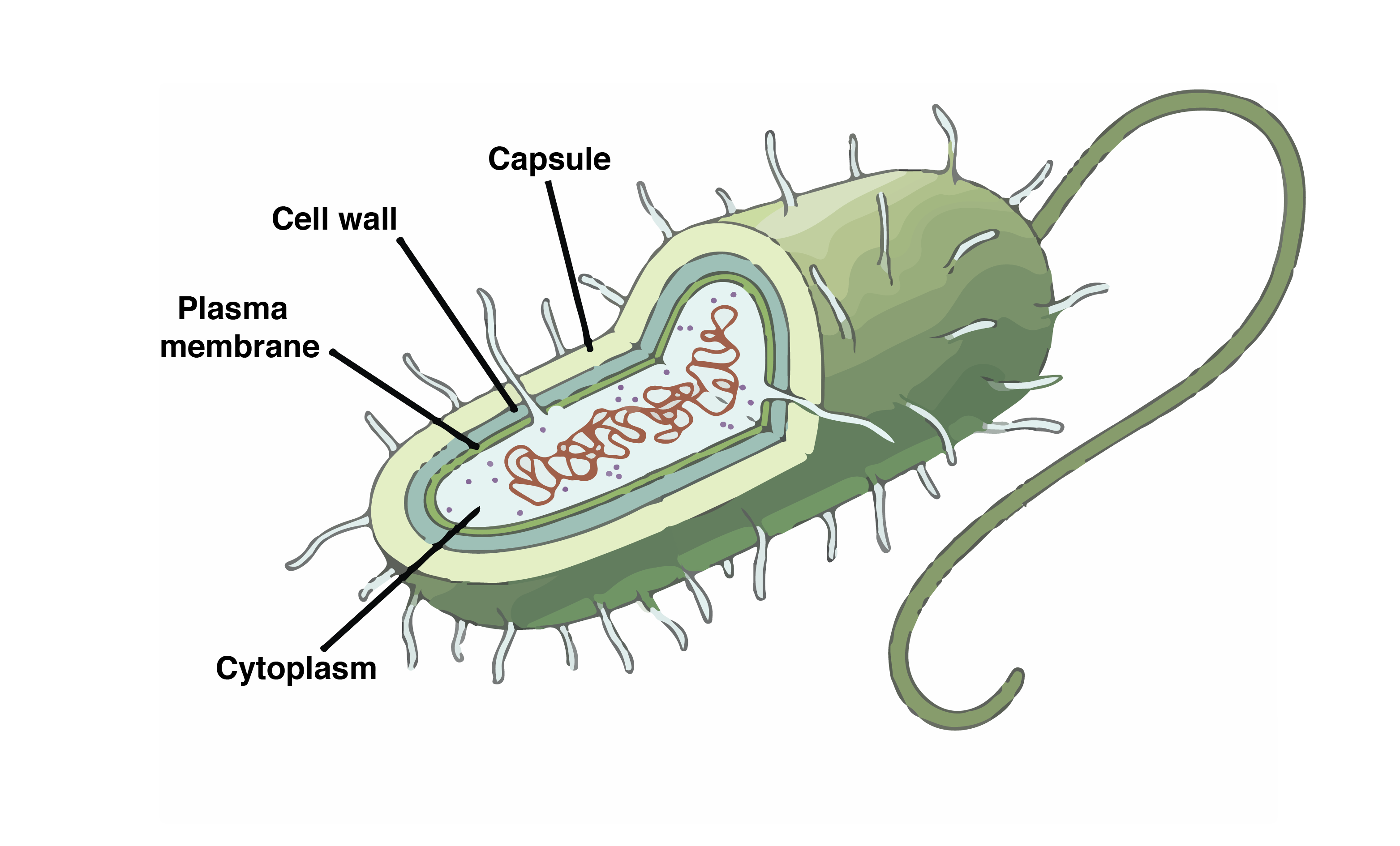
Comments
Post a Comment